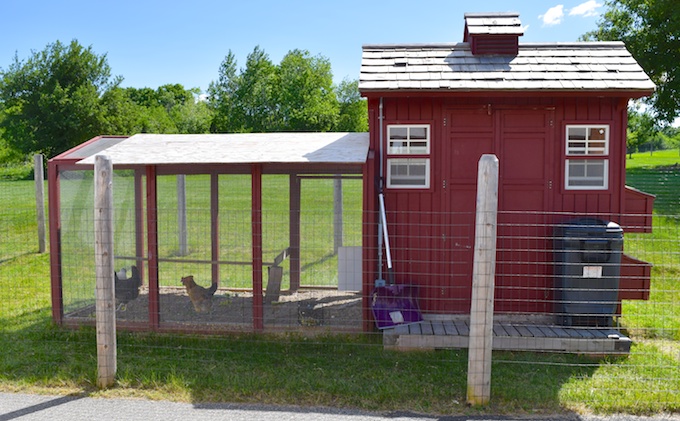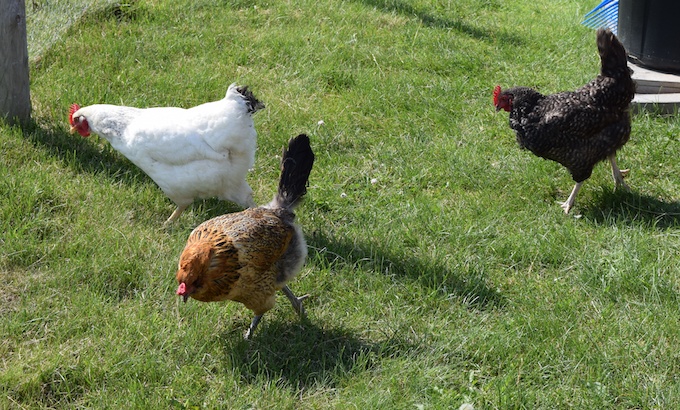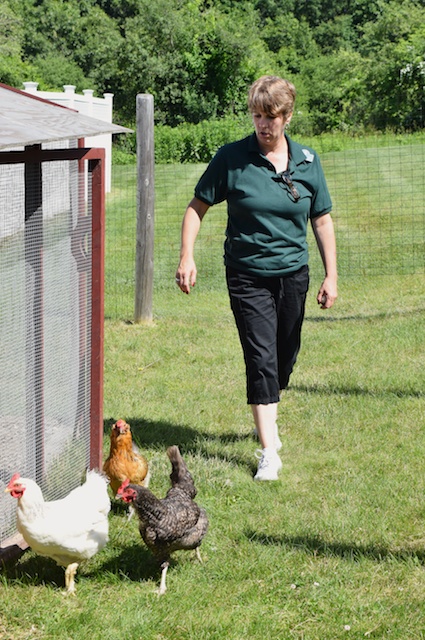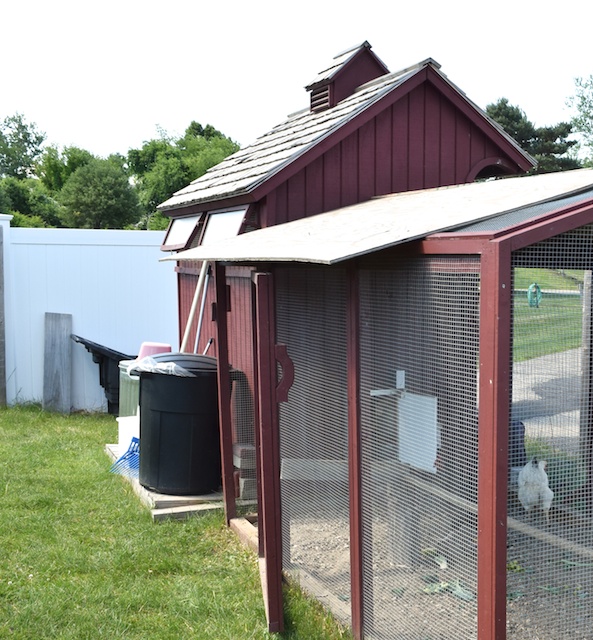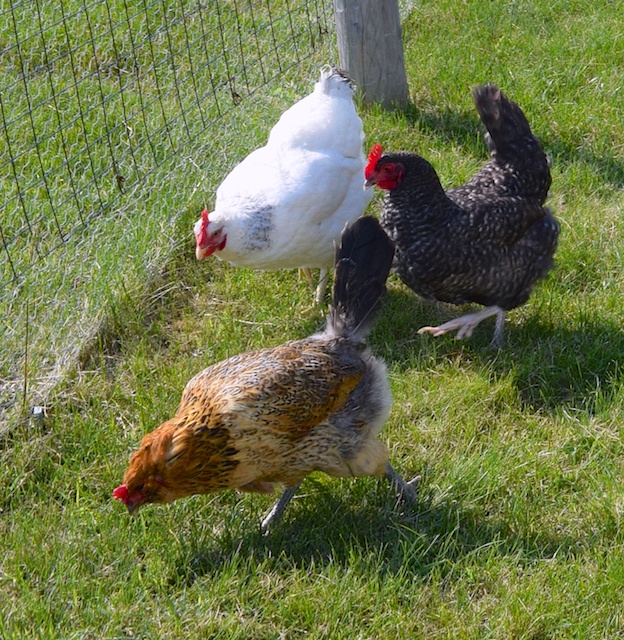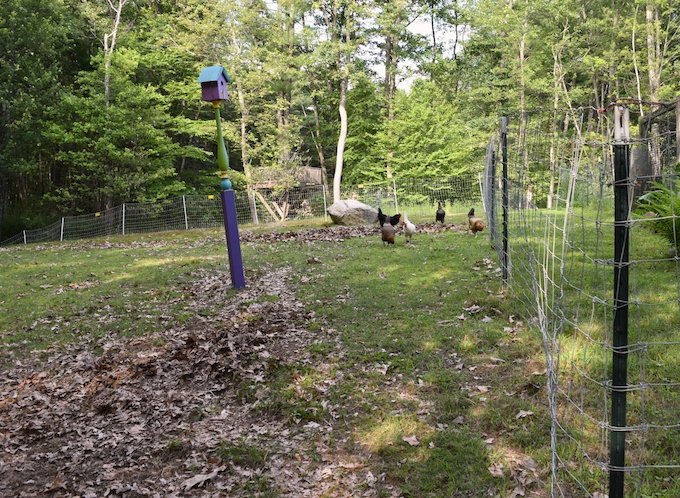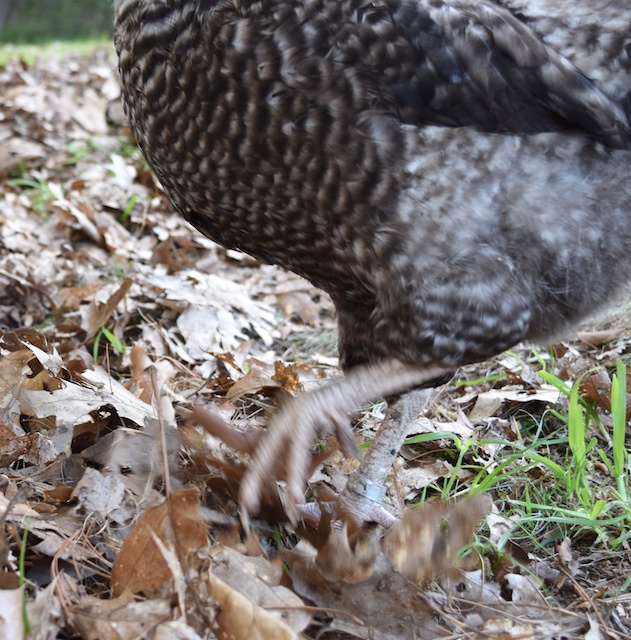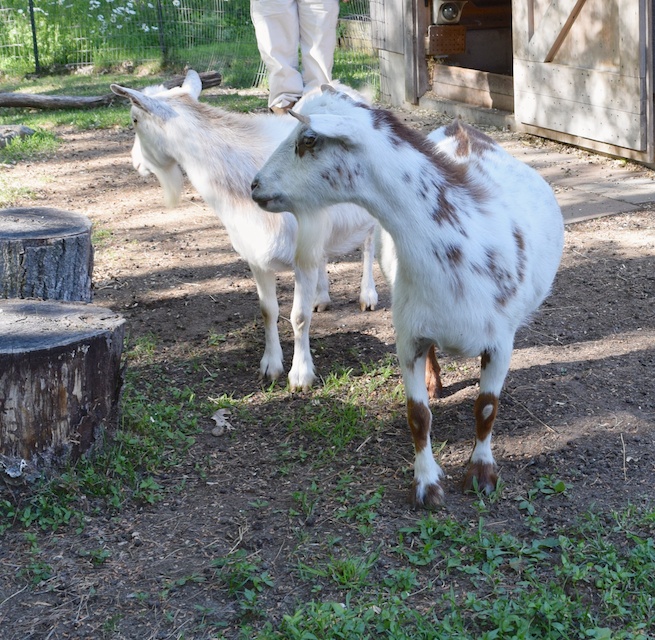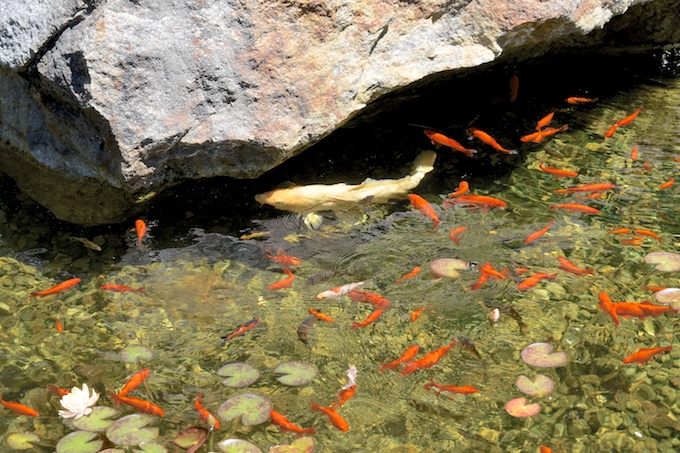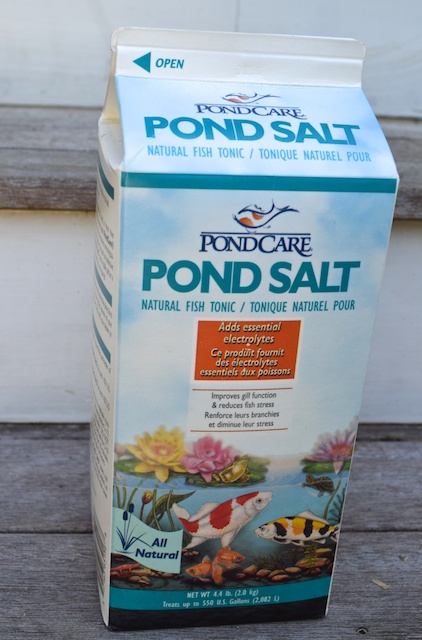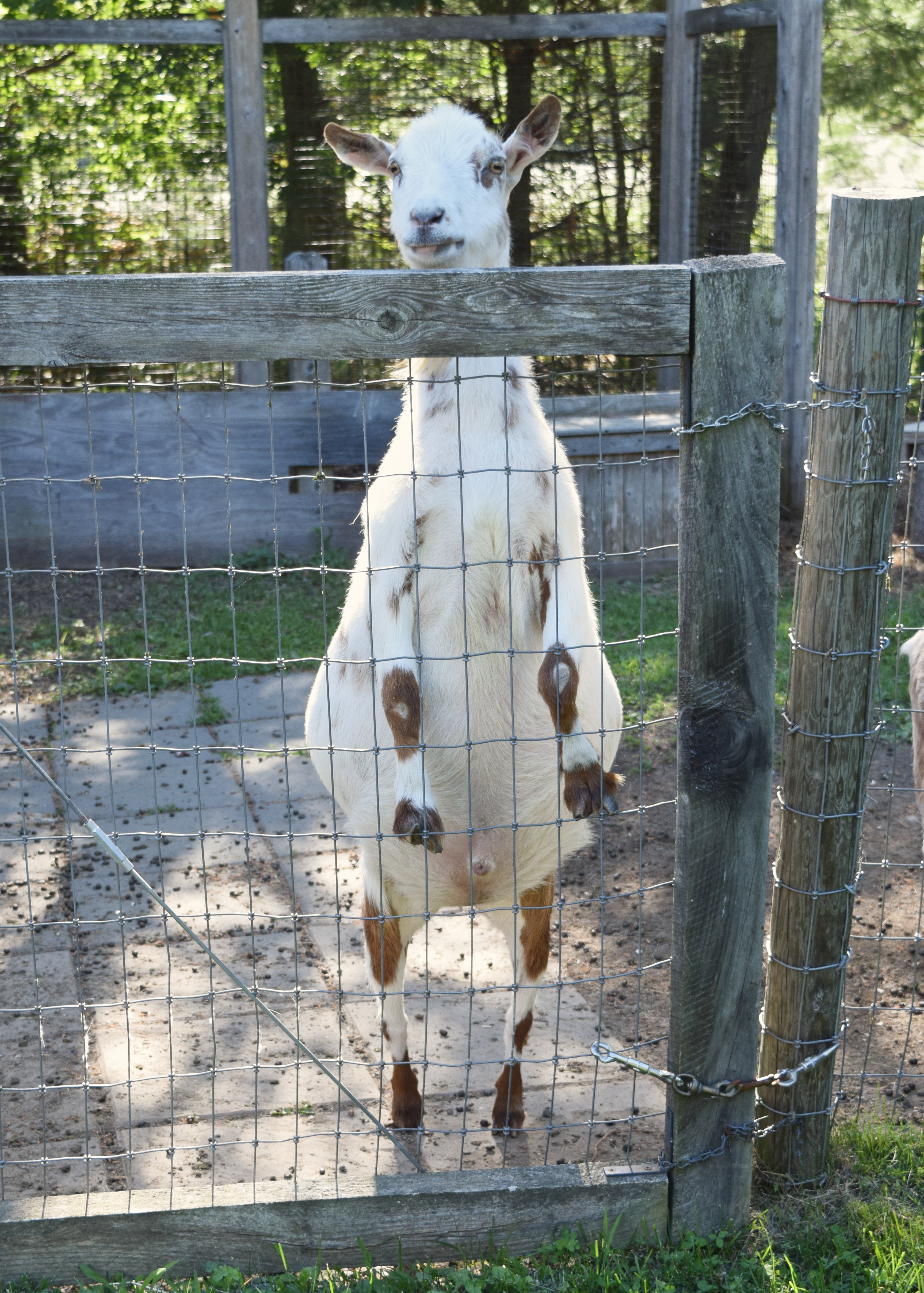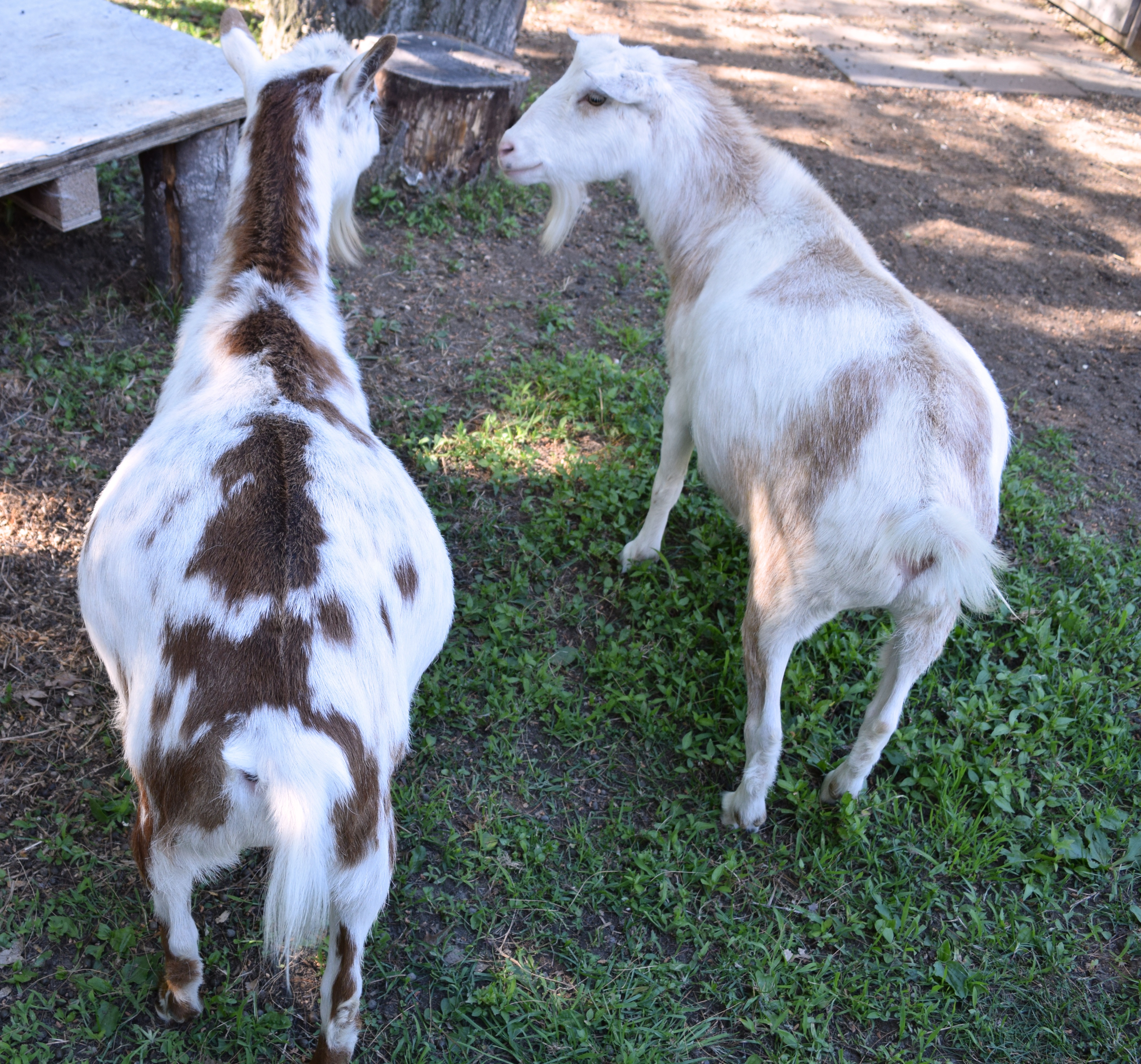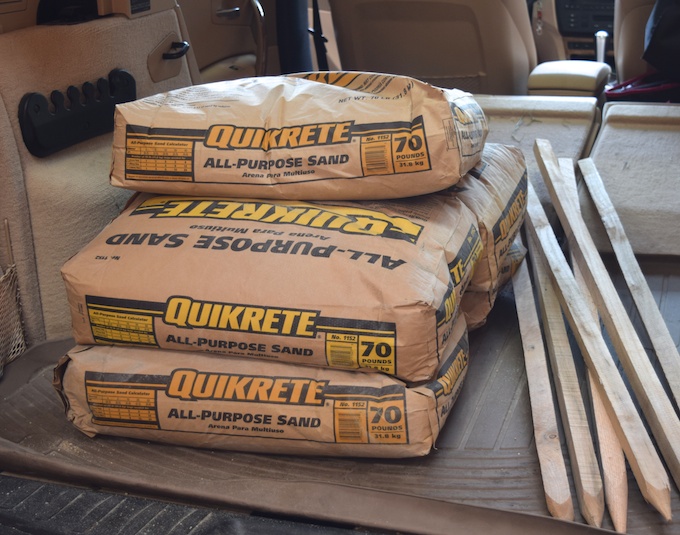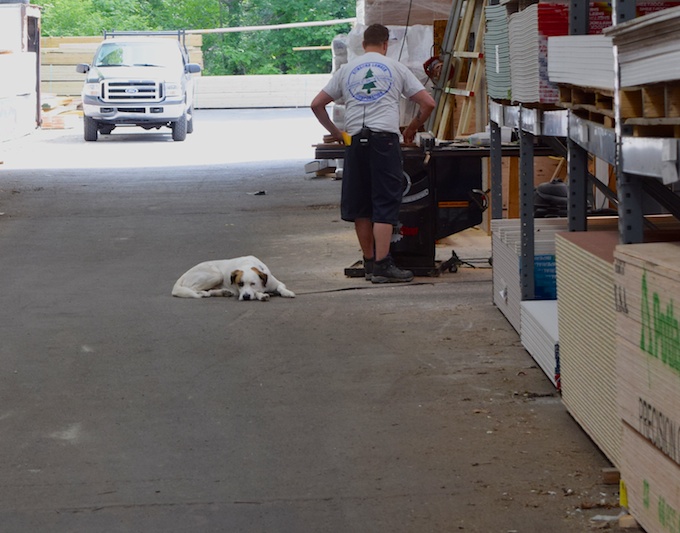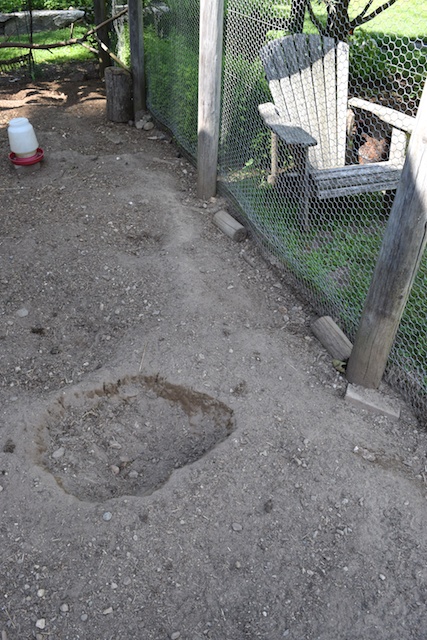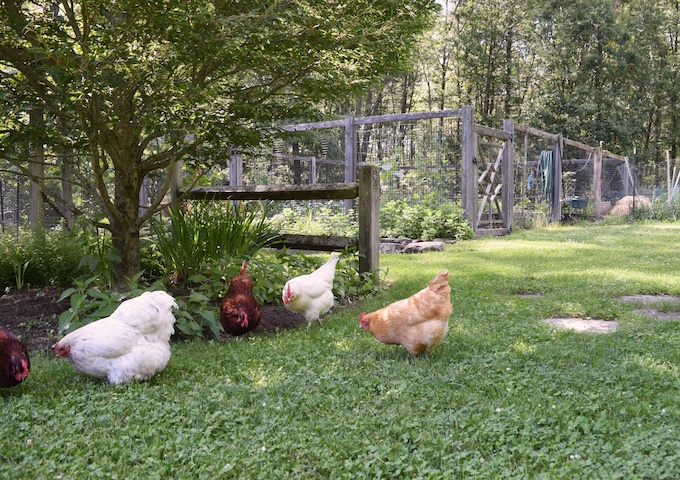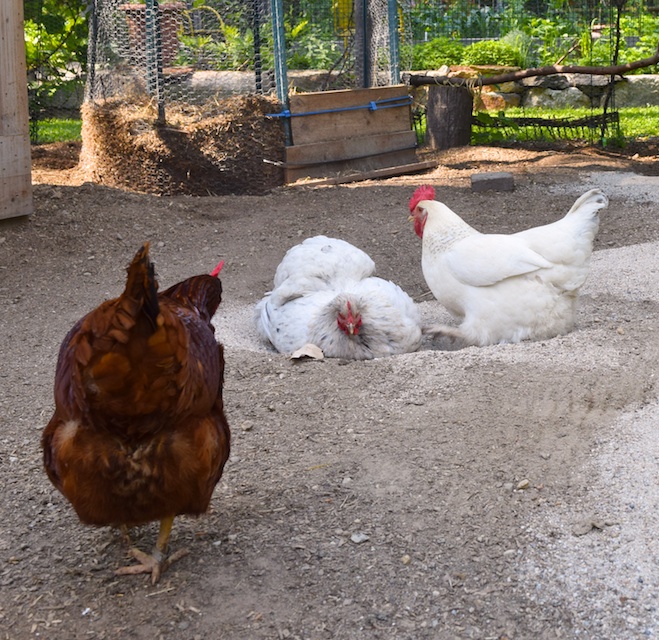The Nursing Home Project began with five hens. I was concerned that five were too many for the space,
but I also thought that there’d be losses. I was right on both counts. Clementine, the favorite hen, died of internal laying. Beulah, the Black Star, decided that her flock mates were too close to her and she was too bored, so she got into the bad habit of feather picking. I brought her back home, where she is reformed.
The nursing home flock is now down to three.
Three hens are just right. They all get along. They’re busy, and chatty, and that makes them entertaining for the nursing home residents and their families. Children, who would otherwise find visiting an elderly relative scary (as these institutions are, what with the smells, and the staff in uniforms, the equipment, and the people with dementia) are happy to spend time with a grandparent when there are chickens to distract everyone.
The staff benefits. Lisa continues to spend her lunch hour with “my girls.” She lets them out on grass when she can. They follow her everywhere so she has no problem getting them back into their coop. Lisa collects the eggs, and will surprise a coworker with a gift of an egg at their work station.
I have learned some lessons. Firstly, I should listen to my own advice and stick to my chicken coop criteria, especially for the amount of outside space that hens need. Also, next time, I’d build a compost bin into the fenced run, just like I have at home. (It turns out that the nursing home provides lots of greens and other goodies to the hens, and a contained space for those healthy treats would be better.) I also proceeded under the assumption that there was ample storage for the feed, tools, etc. nearby. However, there isn’t. A coop at an institution needs it’s own, attached storage area. The nursing home is going to purchase a small tool shed. That will make Lisa’s care-taking chores that much better. (You can see the way it is done now in this photo.)
The other thing that I concluded is that coops designed for public viewing should have a roof on part of the outside run. That way, even when the weather is bad, (whether it’s raining, snowing, or very hot, the hens will come outside and people can enjoy them.
They are enjoyable.
